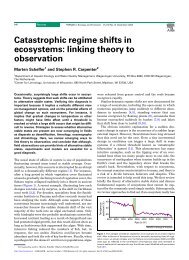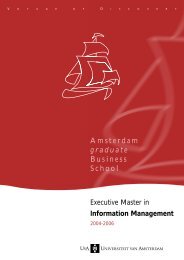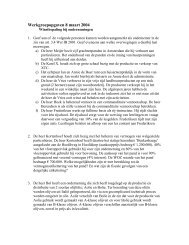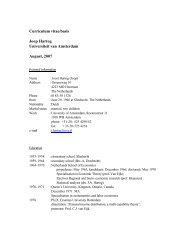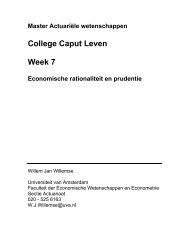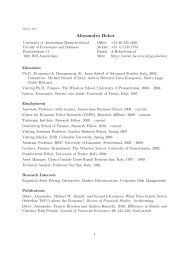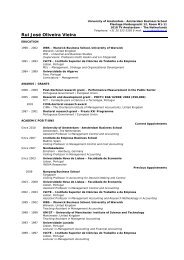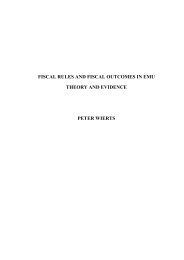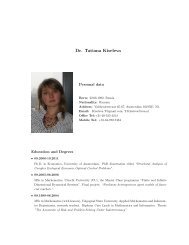How Do Corporate Venture Capitalists Create Value for ...
How Do Corporate Venture Capitalists Create Value for ...
How Do Corporate Venture Capitalists Create Value for ...
You also want an ePaper? Increase the reach of your titles
YUMPU automatically turns print PDFs into web optimized ePapers that Google loves.
Market price is CRSP stock price and CRSP shares outstanding is the number of shares outstanding<br />
of the matching firm at the close of the day closest to the IPO offer date. OP/IV ratios <strong>for</strong> each IPO firm<br />
based on various multiples are then computed as follows: 18<br />
⎛ OP ⎞<br />
⎜ ⎟<br />
⎝ IV ⎠<br />
⎛ OP ⎞<br />
⎜ ⎟<br />
⎝ IV ⎠<br />
⎛ OP ⎞<br />
⎜ ⎟<br />
⎝ IV ⎠<br />
Sales<br />
EBITDA<br />
Earnings<br />
(OP/Sales)<br />
=<br />
(P/Sales)<br />
IPO<br />
Match<br />
(OP/EBITDA)<br />
=<br />
(P/EBITDA)<br />
(OP/E)<br />
=<br />
(P/E)<br />
IPO<br />
Match<br />
IPO<br />
Match<br />
In addition to the comparable firm approach discussed above, we compute the intrinsic value of IPO<br />
firms using the discounted cash flow method introduced by Ohlson (1990). Here we do not require IPO<br />
firms to have positive sales and EBITDA in the year preceding the IPO. Thus, the discounted cash flow<br />
approach we implement only requires the book value of equity and earnings (whether positive or<br />
negative) to be available <strong>for</strong> three years post IPO. It also requires the calculated intrinsic value to be<br />
positive. Following Ohlson (1990), the fair value of a firm’s shares is calculated as follows:<br />
29<br />
(3.1)<br />
(3.2)<br />
(3.3)<br />
EPS − r * B<br />
1<br />
0 EPS 2 − r * B1<br />
IV = B +<br />
+<br />
+ TV . (4)<br />
0<br />
2<br />
1 + r ( 1 + r)<br />
Here B 0 is the book value of issuer at the end of IPO year (annual Compustat item 60) divided by<br />
CRSP end of year number of shares outstanding; EPS is income be<strong>for</strong>e extraordinary items available to<br />
common shareholders (annual Compustat item 237) divided by CRSP number of shares outstanding; r is<br />
the required rate of return on firm’s equity. We assume a constant required rate of return r of 13%. TV,<br />
the terminal value is calculated as follows:<br />
( EPS − r * B ) + ( EPS − r * B )<br />
2<br />
1<br />
3<br />
2 1<br />
TV = *<br />
(5)<br />
2<br />
2<br />
( 1 + r)<br />
* ( r − g)<br />
The terminal value is calculated as an average to avoid the effect of unusual per<strong>for</strong>mance in year 3.<br />
Constant earnings growth g (5% and 0% are considered) is assumed after year 3 and the terminal value of<br />
18<br />
If earnings are missing or negative <strong>for</strong> the matching firm (in the case of earnings based valuation), the closest Compustat firm<br />
with no missing data is used as the matching firm.




